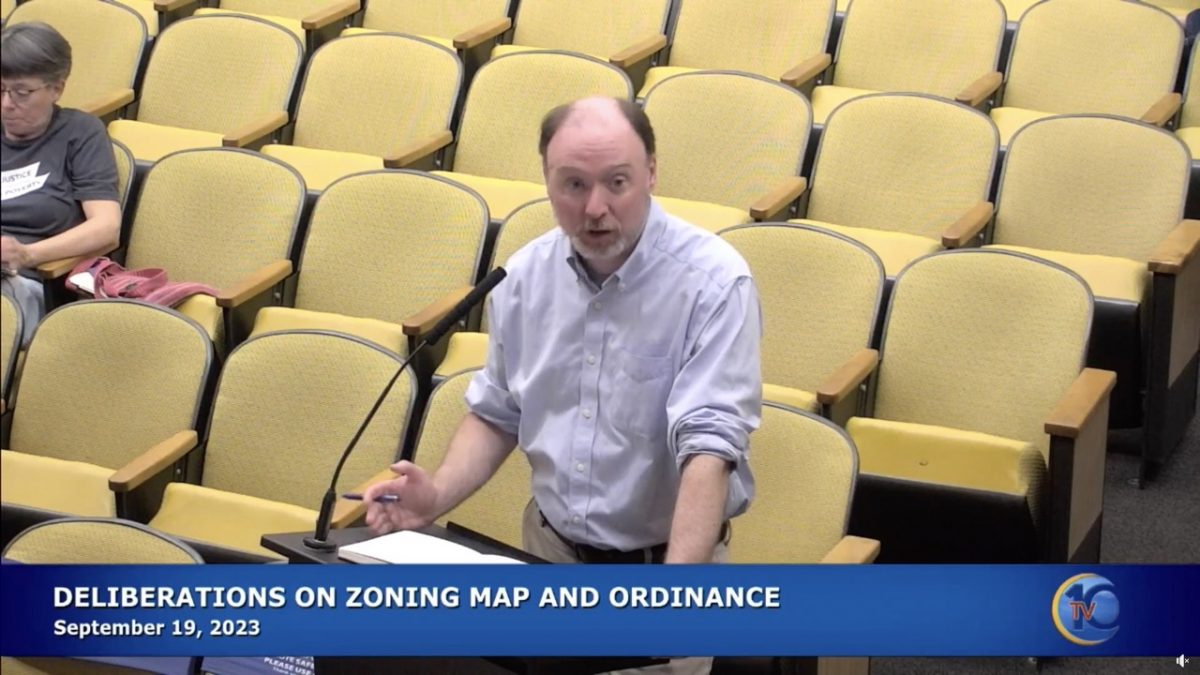After hearing feedback from supporters and opponents at its September 14 public hearing, the Charlottesville Planning Commission held a September 19 work session to consider the draft zoning ordinance. The commission, which hopes to adopt a new zoning ordinance by the end of the year, continues to consider changes to key elements of the law, including the anti-displacement overlay.
Formerly called sensitive community areas, the anti-displacement overlay is an effort to identify and protect areas particularly at risk of displacement and displacement pressures in the city.
Director of Neighborhood Development Services James Freas, who introduced the question of whether to include the overlay in the ordinance, highlighted some potential pros and cons.
“Anything we do that reduces the potential for development in the areas certainly reduces that potential for displacement, but also reduces that potential for additional value in those homes and those properties,” he said. Additionally, Freas noted the inability of the overlay to address single-unit flips, which are a significant contributor to displacement.
“I don’t think that we need an overlay in a certain section of the city,” said Planning Commissioner Hosea Mitchell at the beginning of the discussion. “But I do think that some sort of protections need to be in place in separate or different timelines.”
During the commission’s discussion of the anti-displacement overlay, concerns about adjacent corridors, interim protections for at-risk neighborhoods, and the Dairy Market expansion and Stony Point Development Group were highlighted. After completing the ordinance, the commission plans to create Small Area Plans for each of the identified sensitive areas. However, commissioners worry about the lack of protection while creating these plans, which could take more than a year to develop.
With few interim solutions identified that could be achieved through zoning, the commission reconsidered the anti-displacement overlay.
Acknowledging the urgent need to address displacement, the commission ultimately decided that the overlay, and zoning more broadly, was not the best solution, but should be an element in the ordinance.
“Zoning isn’t the strongest tool in the toolbox,” said Freas. Despite the limitations of the anti-displacement overlay, Mitchell emphasized the importance of keeping a visual reminder of at-risk areas. “We want to keep the overlay on the map just as a guiding light to keep us focused on protecting those neighborhoods,” he said.
Though much remains up in the air with the draft zoning ordinance, what is clear from jargon-filled discussions is the need to address displacement in the city and its contribution to the housing crisis, and the need to involve communities experiencing high levels of displacement in discussions.
The exact timeline for the Planning Commission sending the draft zoning ordinance to City Council is still unknown. At press time, items still under consideration by the commission include additional dwelling unit ordinances and a land trust.
